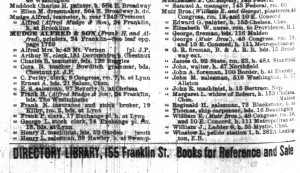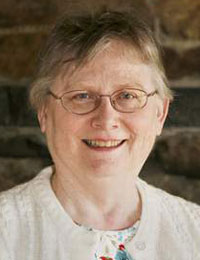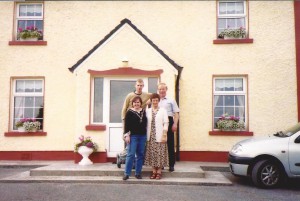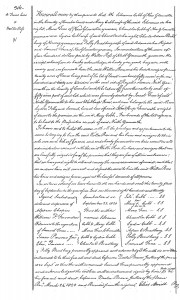[Editor’s note: This post originally appeared in Vita Brevis on 20 February 2014.]
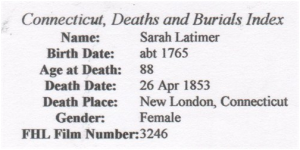 I frequently encounter eighteenth- or nineteenth-century dates, especially on the migration trail, that are not cited and which often derive from “online trees,” usually the FamilySearch Ancestral File, Rootsweb WorldConnect, or Ancestry World Tree. These days, I find it easier to determine whether any of the information is valid thanks to the many works and databases indexed at Google and Google Books. The following case suggests the variety of trails the researcher must be prepared to follow, from unverified online trees (which may hold important clues) to books and newspapers contemporary with the events mentioned (and which are sometimes flawed). Continue reading ICYMI: Tips for online genealogical research
I frequently encounter eighteenth- or nineteenth-century dates, especially on the migration trail, that are not cited and which often derive from “online trees,” usually the FamilySearch Ancestral File, Rootsweb WorldConnect, or Ancestry World Tree. These days, I find it easier to determine whether any of the information is valid thanks to the many works and databases indexed at Google and Google Books. The following case suggests the variety of trails the researcher must be prepared to follow, from unverified online trees (which may hold important clues) to books and newspapers contemporary with the events mentioned (and which are sometimes flawed). Continue reading ICYMI: Tips for online genealogical research


